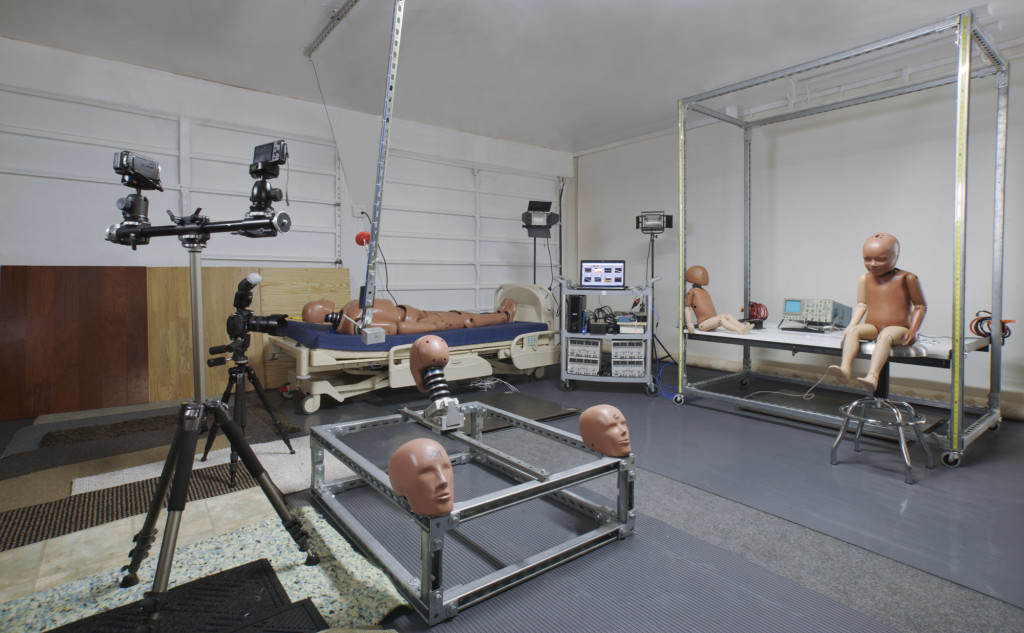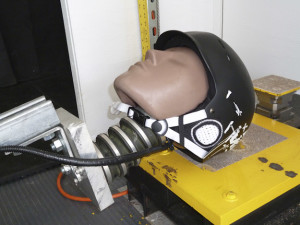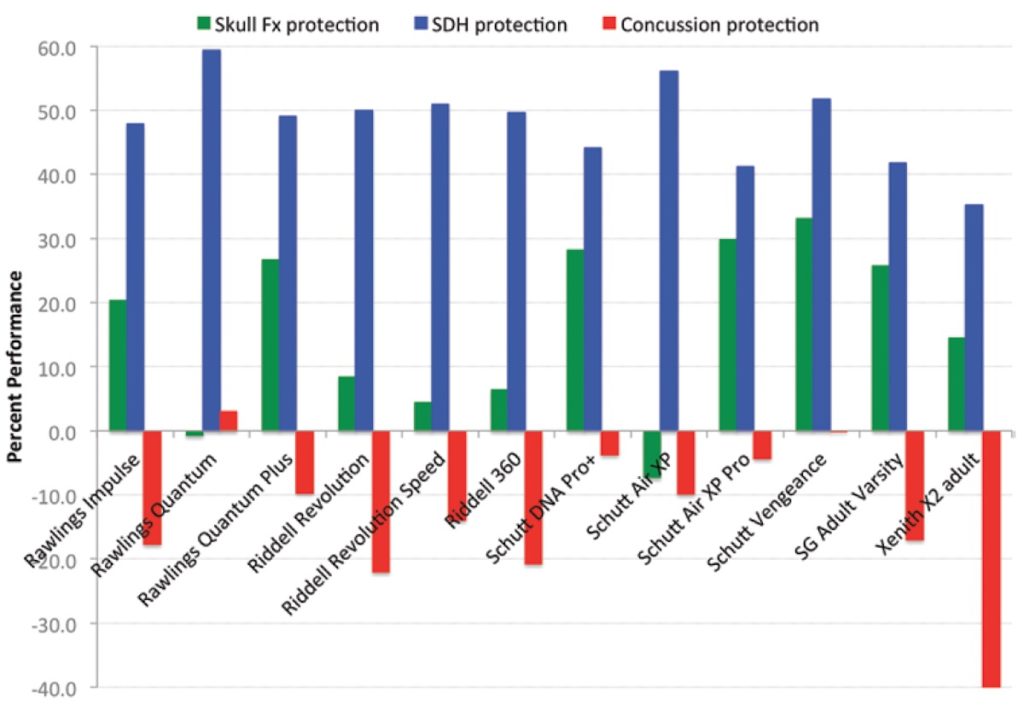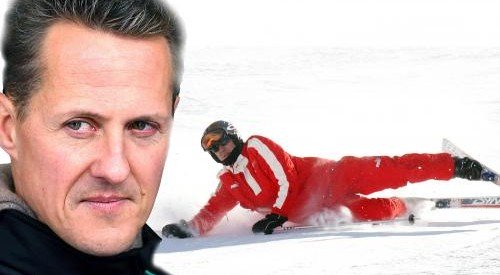I employ state-of-the-science biomechanics resources in my evaluations, as depicted in the following figure. This biomechanics laboratory includes various certified biofidelic mannequins, dedicated test apparatus, data acquisition hardware, software and calibrated sensor instrumentation, professional photography and high speed and videography equipment.

Much of my research and work for civil law suits focusses on biomechanical evaluation of helmets, in particular sports helmets, including football and ski helmets.

For helmet testing, we have a standard NOCSAE (National Operating Committee for Standards in Athletic Equipment) head drop system

However, the standard NOCSAE system only measures forces associated with linear acceleration, which are attributed with focal head injuries, such as skull fractures. This system has a rigid neck and therefore cannot measure rotational or angular accelerations, which are associated with traumatic brain injuries, such as concussion and subdural hematomas. We have a modified helmet drop test system, developed in collaboration with the University of Maine, Advanced Manufacturing Center, validation of which has been published in a peer-reviewed journal.
The following image shows both the NOCSAE and modified helmet test systems in parallel.

Recent research shows that standard linear impact tests may not fully account for impact forces as they do not incorporate angular velocity. Therefore, I have created an inverted pendulum system, which is more representative of a standing fall

Additionally, the biomechanics laboratory is equipped with the following resources:
-
Monorail head drop assembly
-
Twin wire guided drop system (NOCSAE)
-
Weighted pendulum impactor
-
Linear bearing table
-
Height-adjustable, eletromagenetically-controlled freefall drop platform
-
20,000N impact force plate
-
880lb ceiling mounted lift system
-
Certified biofidelic adult headforms
-
CRABI12 biofidelic infant mannequin
-
Hybrid III 3-yr old biofidelic mannequin (KSS)
-
National Instruments 32 channel USB-6343 X-series data acquisition system
-
LabView 2009 data acquisition software.
-
Calibrated sensors, including Kistler and PCB Piezotronics tri-axial accelerometers, MEMS triple axis digital gyroscopes, and PCB Piezotronics uni-axial and tri-axial load cells.
-
Selection of flooring materials, including carpeting, wood and laminates as well as concrete and wood sub-flooring surrogates
-
Professional still photography equipment
-
Normal speed and high speed (up to 1kHz) videography equipment
-
Photography flash and ‘hot’ lighting



